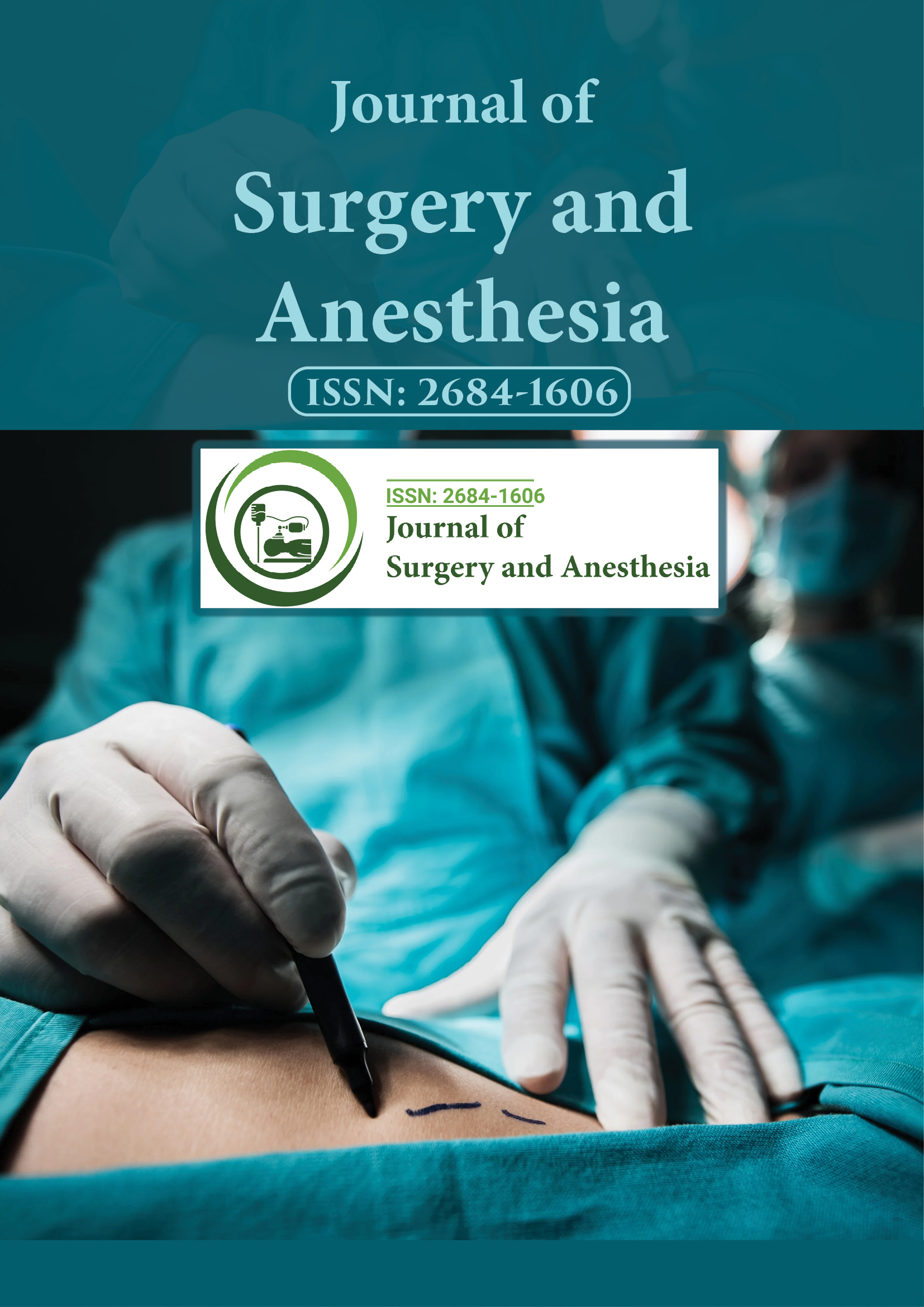Indexed In
- Google Scholar
Useful Links
Share This Page
Journal Flyer

Open Access Journals
- Agri and Aquaculture
- Biochemistry
- Bioinformatics & Systems Biology
- Business & Management
- Chemistry
- Clinical Sciences
- Engineering
- Food & Nutrition
- General Science
- Genetics & Molecular Biology
- Immunology & Microbiology
- Medical Sciences
- Neuroscience & Psychology
- Nursing & Health Care
- Pharmaceutical Sciences
Assessment of laparoscopic image navigation task performance
11th International Conference on SURGERY AND SURGEONS
March 16-17, 2023 | Dubai, UAE
A S M Mahbub Alam
University of Dundee, United Kingdom
Scientific Tracks Abstracts: J Surg Anesth
Abstract:
Introduction: Over the half of a decade, error quantification and objective assessment of surgical task performances have been gaining popularity and recently being regarded as a promising tool for training and augmentation of surgical skills in video-endoscopic procedures. Comparatively, very little have been documented in literature on the assessment of image navigation task performed by the laparoscopic camera holding assistant. Objective: Laparoscopic image navigation task can be objectively assessed by quantitative and comparative qualitative analysis of variables such as centring, horizon, optimum navigation distance and time duration. Methods: Five experts (had 5 cycles of repetition task) and 29 novice medical students of Ninewells Hospital had participated in a predefined rotation task with a 30 degree laparoscope on a specified geometric target design set in a validated laparoscopic box trainer within a standard set up at dry lab at Cuschieri Skills Centre. Recorded image navigation tasks were objectively assessed at every 3 seconds interval for predefined variables. Errors were compared within and in between groups for quantity and quality. Results: Errors and time duration in clockwise maneuvers were more compared to anti-clockwise maneuvers in both groups. Among total 2853 errors, group specific commonest error were in horizon 37.27% (82 out of 220, ) in the expert group(average error score 44, error rate for centring 1.25/minute, horizon 1.81/minute, OND 1.87/minute) and optimum navigation distance (OND) error 38.39% (1011 out of 2633 ) in the novice group ( average error score 55.6 in first five cycles and 35.1 in last five task cycles and higher error rate in centring and OND but lower in Horizon than expert group). After five cycles of task repetition, overall mean error level and task completion time both significantly decreased (for experts p<0.043 for time and error both; novices<0.0001 for time and p<0.05 for error, by Wilcoxon Signed Rank Test). Types of vector of deviation were observed 4 in OND, 4 in centring and 2 in horizon. Magnitude of deviation was observed to be lower in expert group for centring and horizon errors (better quality). Conclusion: Both groups assured learning curve and novice group can acquire image navigation skill quickly even without verbal cues. Clockwise tasks were more difficult than anticlockwise in both groups. Whereas, lower error rates and better quality in image navigation task were observed in expert group.
Biography :
A S M Mahbub Alam is a young researcher and a Master in Minimal Access Surgery Degree at University of Dundee in United Kingdom.
